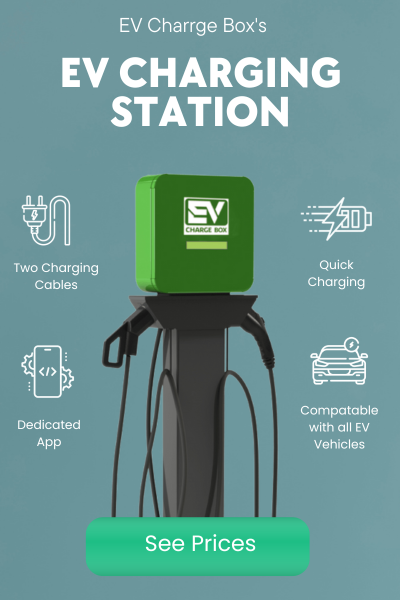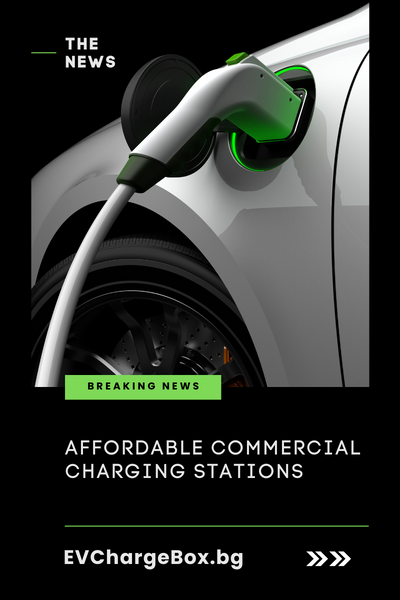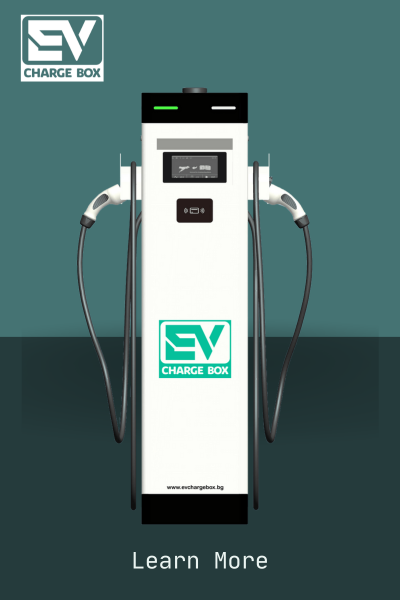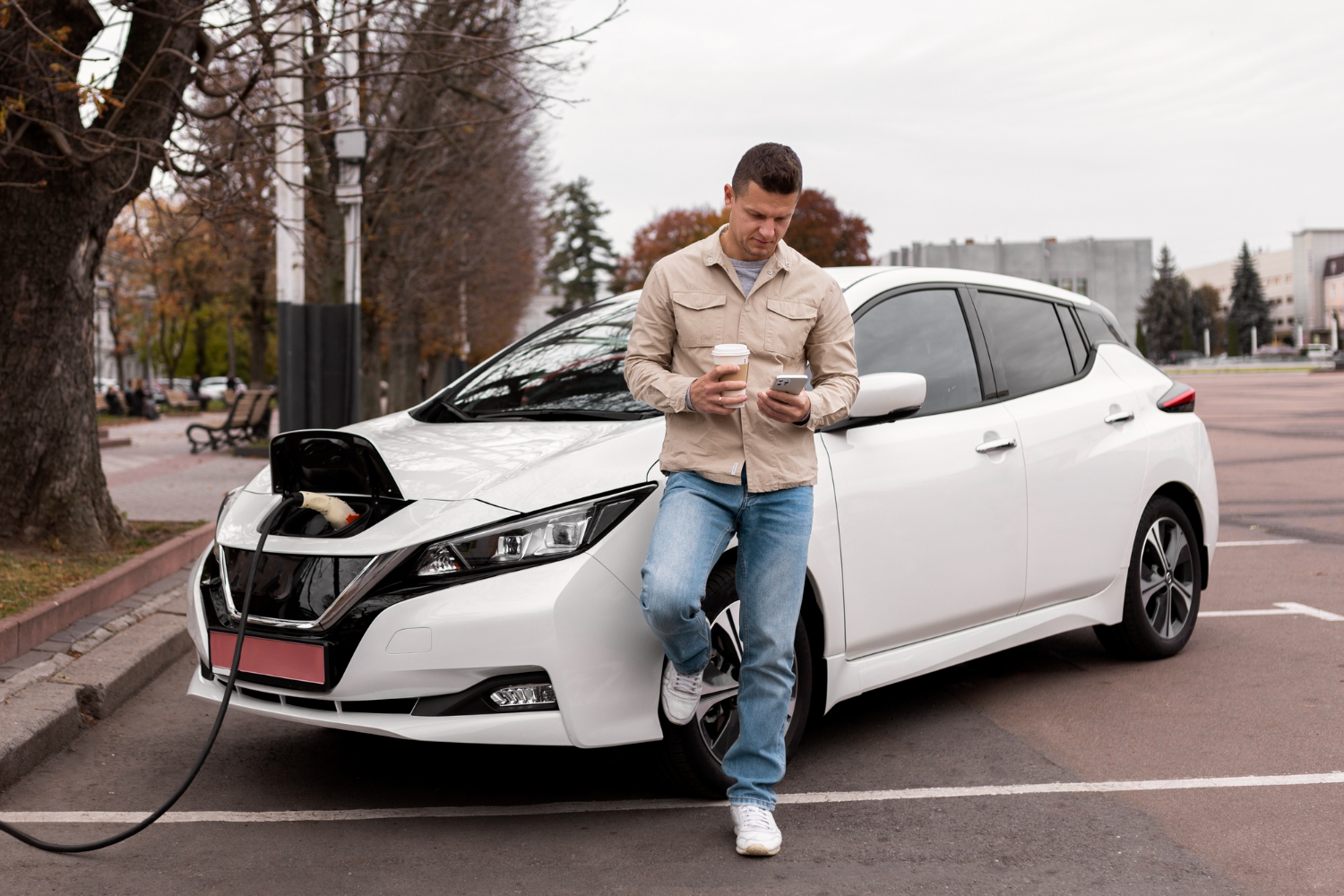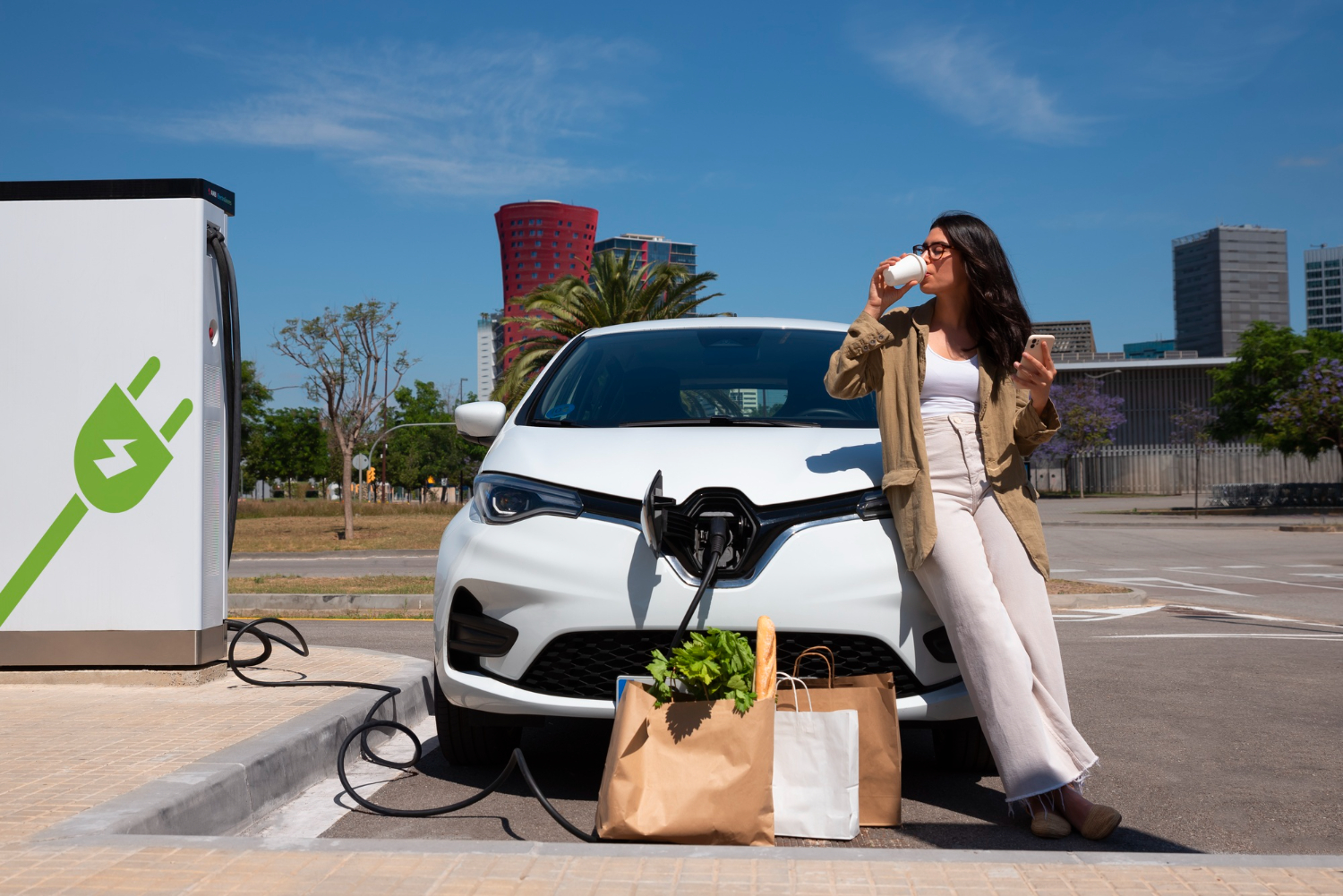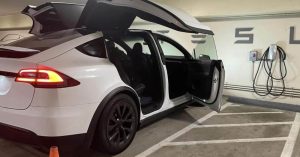Electric vehicles are a new source of curiosity in the technological and automated world of today. The global market for EVs, or electric vehicles, expanded by 40% over the previous two years as a result of the expanding supply of various types of affordable electric cars. Electric vehicle myths and assumptions may develop as a result of their increased use and high registration rates, which outpace those of conventional engine vehicles. In this post, we’ll dispel popular electric car myths and present additional information on this still-evolving technological area. The electric car is a new mode of transportation that is more useful and efficient in this rising world population. People prefer electric vehicles over those with internal combustion engines partly because they use an electric motor instead of the more cumbersome and dangerous internal combustion engine. Electric vehicles are not a passing trend; they are becoming more affordable every year, and consumers are growing more comfortable with the idea of plugging in rather than refueling. A recent research found that 71% of American drivers would consider getting an EV in the future. A third of those surveyed said an electric vehicle would be their next purchase. Other noteworthy data regarding electric vehicles are as follows: Despite the widespread misconception that electric car technology is brand-new, it’s crucial to keep in mind that the idea of electric automobiles is not at all new. In reality, Thomas Parker, an English inventor, created the first mass-produced electric vehicle in 1884. But you could be curious as to why it stopped or never gained popularity previously. This can be explained by the fact that by 1897, London had a network of electric taxis operating there as well. The popularity of electric automobiles at the time was put to an end by recent advancements in the technology of petrol and diesel engines. Due to the environmental harm caused by the usage of fossil fuels and global warming, it has been highlighted that the trend towards electric vehicles is returning and is projected to be the future of the globe. The attached site will answer any of your questions regarding whether or not EVs are environmentally friendly. Robert Anderson, a Scottish inventor, created the first electric vehicle in the 1830s. Electric cars were more common than petrol cars at the beginning of the 20th century, especially in cities. The demand for electric vehicles decreased when the Ford Model T was introduced in 1908 In the 1990s and 2000s, renewed interest in electric vehicles emerged as a result of worries about air pollution and climate change. Tesla is the most well-known manufacturer of electric vehicles. Despite the fact that many automakers began producing electric vehicles, Tesla is currently the most well-known producer of electric vehicles, particularly for its Model 3 and Model X versions. Several other well-known manufacturers of electric automobiles include Nissan, Toyota, and Chevrolet. As the price of electric vehicles has come down, consumers now have more access to them. New electric car purchases are eligible for tax credits from the federal government worth up to $7,500. Compared to gasoline-powered vehicles, electric vehicles are more expensive up front, but their lower operating and maintenance expenses can result in long-term savings. Compared to gasoline-powered vehicles, electric vehicles offer reduced running costs. Electric vehicles require less maintenance because they have fewer moving parts. Because they are so quiet, electric vehicles contribute less to noise pollution. Electric vehicles have immediate torque and can accelerate swiftly. Due to how tranquil they make the roads, driving an electric vehicle used to be one of the pleasures. However, starting in July 2019, a new EU rule made it a legal necessity for all new electric and hybrid cars to generate an artificial noise so that cyclists and pedestrians can hear them more easily. The noise becomes heard at 13 mph or less. Fortunately, the noise is coming from outside the car, so the driver may relax inside. Electric vehicles have no tailpipe emissions, which lowers air pollution. Compared to conventional petrol automobiles, electric vehicle manufacture emits fewer greenhouse gases. Electric vehicles can be powered using renewable energy sources like solar and wind power. All-electric vehicles use regenerative braking, which simply means that some electricity is returned to the battery when you apply the brakes. In actuality, slowing down tends to increase the number of kilometers your car can travel, allowing you to travel further. When approaching flat highways, drivers of electric vehicles that have traveled down a slope or a hillside will have actually logged more kilometers. Batteries on wheels might be a good way to describe electric vehicles. It is technically possible to use the energy stored in a car battery to power your own home or balance the electrical grid at specific times of the day. As Nissan demonstrated in 2013 with their LEAF-to-home technology, using a battery pack to power an outdoor concert or even Christmas lights is also very feasible. Electric vehicles are 10 to 25% denser than gasoline-powered vehicles due to the size of their batteries. This is beneficial since it takes an electric car longer to stop when braking, which keeps the occupants significantly safer and more secure in the event of an accident. One of its remarkable facts is that electric cars are quicker than gasoline-powered cars. The electric engine instantaneously produces 100% of the potential torque needed to accelerate from a standstill to full speed. American inventor William Morrison designed an electric car that could go at 14 mph and hold six people. Although the first electric cars were used quite often, the development of the petrol engine and the decline in the price of petrol rendered electric cars obsolete. The information on electric vehicles confirms how good they are at transferring passengers. For instance, 80% of the energy in an electric car’s battery is used to transport electricity to the vehicle, compared to 14–26% in a gasoline-powered vehicle. Electric vehicles can be charged at moderate, rapid, or accelerated speeds. If you select the accelerated mode, which has power levels of 43kW, the battery of the car might be charged up to 80% in just 30 minutes. The world’s largest and swiftest-expanding EV market is China. It’s interesting to note that the nation only delivered 2.4 million electric vehicles to clients in mainland China in H1 2022. When it comes to storing energy to run the electric motor, EVs use rechargeable batteries. These batteries are often constructed from a variety of materials, including nickel-metal hydride and lithium-ion. Standard electrical outlets, Level 2 charging stations, and Level 3 fast-charging stations are only a few of the charging options available for EVs. Trickle charging, AC charging, and DC charging are the available techniques. Zero tailpipe emissions from electric vehicles mean they do not emit any dangerous pollutants, making them environmentally benign. When compared to gasoline-powered automobiles, the maintenance and operating costs of electric vehicles are quite cheap. EVs are renowned for their powerful pickup and functionality, but a big flaw is how little distance they can travel before needing to be recharged. However, as time has gone on, the range of EVs has grown. Globally, governments provide tax credits, rebates, free parking, free tolls, and other benefits to encourage the purchase of EVs. Depending on usage and charging practises, an EV battery’s lifespan may change. The average electric vehicle battery is designed to last at least 8 years or 100,000 miles. The vehicle and the charging method utilised are the main factors influencing how long it takes an EV to charge. In general, overnight home charging of an EV is more practical than standing in queue at a charging station. The morning is the best time to charge, according to experts. Avoid charging your EVs in the winter since the batteries deplete their energy more quickly than they do in the summer. This can call for repeated charges. Electric motor-powered EVs are a superior choice because they are cleaner and more efficient than combustion-powered ones. Regenerative braking is a technology used by EVs to recover energy that the car had while it was moving. The battery was eventually recharged using this energy. Since the batteries used in EVs are recyclable, recovering valuable materials is made easier. They contribute to resource conservation and pollution reduction. EV batteries are meant to be safe, but if they are damaged or are not properly maintained, they could pose a fire risk. Smart charging solutions enable EV owners to charge their vehicles off-peak, when there is less demand for electricity. As a result, the load on the electrical grid might be reduced.What exactly is an electric vehicle(EV)?
Facts about Electric Vehicles
1. Electric vehicle concept
2. History of Electric Vehicles:
3. Biggest Manufacturer:
4. Electric car costs:
5. Benefits of Electric Vehicles:
6. Make Noise to Serve As An Indicator
7. Environmental Advantages of Electric Vehicles:
8. Extending Your Range by Breaking
9. Is Capable of Charging Your Whole House
10. Electric cars are a quicker form of transportation
11. The US’s first electric vehicle
12. EVs Use 80% of Battery Capacity
13. An EV Charger Can Reach 80% in 30 Minutes
14. China’s Market Leadership in Electric Vehicles
15. EV Battery Components
16. Types and Methods of EV Charging
17. Electric vehicle environmental effects
18. Petrol vs. Electric Vehicles Cost Comparison
19. EVs Range: Restrictions and Advances
20. Government Support for the Purchase of Electric Vehicles
21. Factors Affecting EV Battery Life
22. Factors Affecting EV Charging Time: Variations
23. Electric vehicle home charging versus public charging
24. Effect of Temperature on the Performance of EV Batteries
25. Benefits of Electric Cars Over Internal Combustion Engines
26. Electric vehicle regenerative braking
27. Battery recycling for electric vehicles
28. Battery Fire Safety Issues for Electric Vehicles
29. Managing Power Demand When Smart Charging Electric Vehicles






